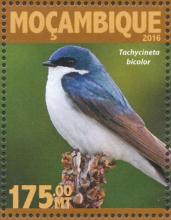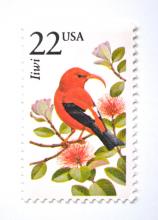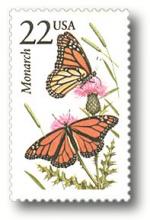Orcas of the Salish Sea on track to extinction
- Read more about Orcas of the Salish Sea on track to extinction
- Log in to post comments
As Minister for Fisheries and Oceans Dominic LeBlanc makes announcements on Canada's West Coast this week, and with World Whale Day approaching (February 18), WWF-Canada calls upon the federal government to release its recovery plan for the Southern Resident Killer Whales (SRKWs). The action plan for their recovery under the Species At Risk Act (SARA) is long overdue, and unless strong protection measures are quickly implemented, it is unlikely this group will survive in the long-term.










